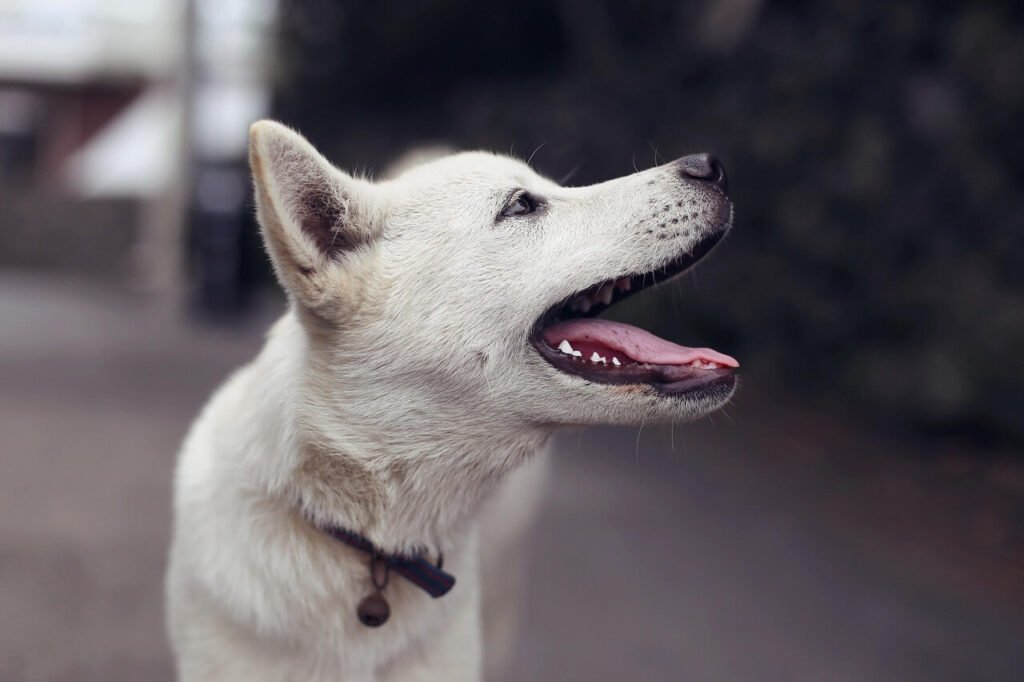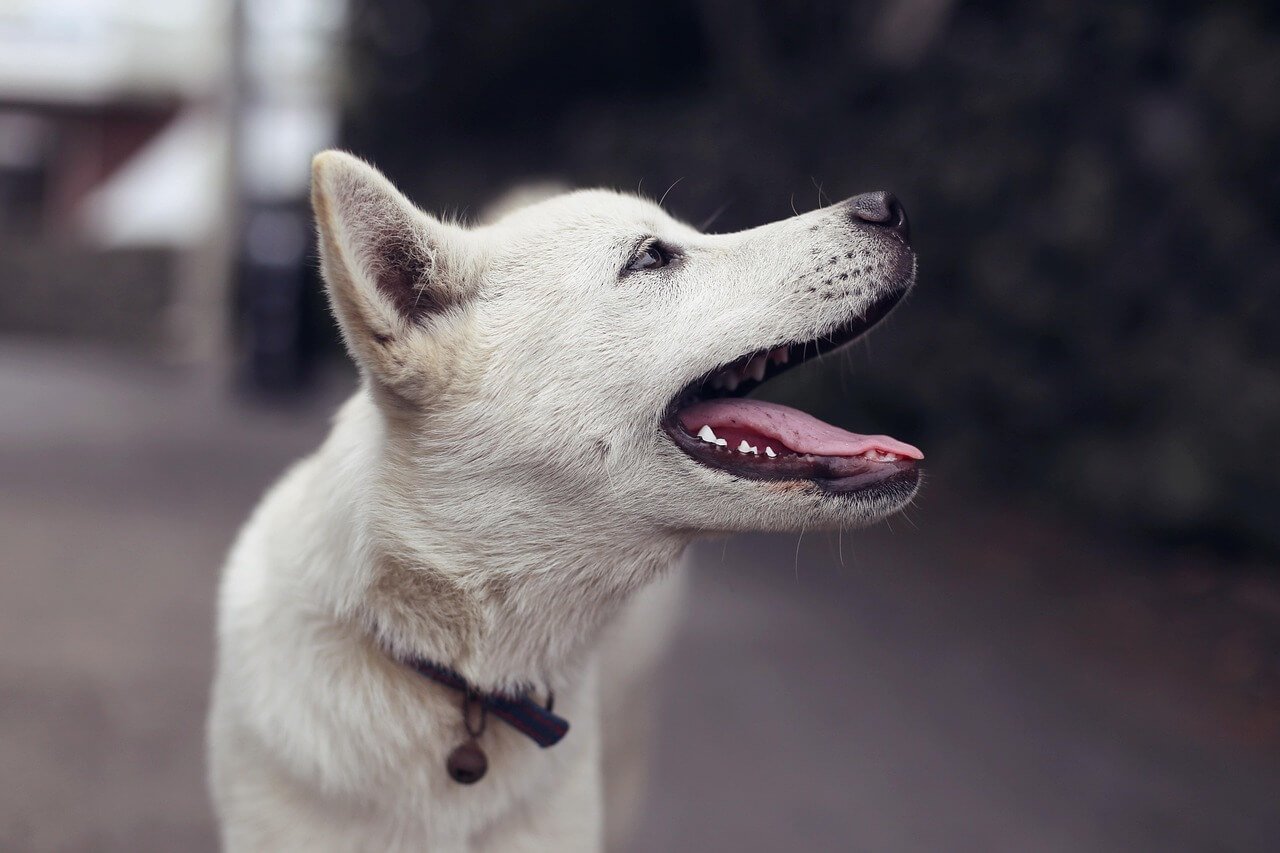How to Treat Dog Acne: A Comprehensive Guide for Pet Owners
Just like humans, dogs can experience acne, and while it may not be as common, it can still cause discomfort and concern for pet owners. Dog acne typically appears as red bumps, pustules, or scabs, often around the mouth, chin, or lips. While it’s usually not serious, untreated acne can lead to irritation, infection, or even scarring. So, how do you treat dog acne effectively? In this blog post, we’ll explore the causes, symptoms, and treatment options for dog acne, along with practical tips to help your furry friend feel comfortable and healthy again.
Understanding Dog Acne: Causes and Risk Factors
Before diving into treatment options, it’s essential to understand what causes dog acne and which factors might increase your pet’s risk. Here are some key points to consider:
Bacterial Infections: Bacteria on the skin can lead to inflammation and acne-like breakouts, especially in areas prone to friction.
Hormonal Changes: Puppies going through puberty may develop acne due to hormonal fluctuations, similar to human teenagers.
Poor Hygiene: Dirt, saliva, or food particles trapped against the skin can clog pores and trigger acne.
Genetics: Certain breeds, such as Boxers, Bulldogs, and Rottweilers, are more prone to developing acne due to their skin type.
Allergies or Irritants: Contact with allergens, harsh chemicals, or rough materials (like plastic bowls) can irritate the skin and worsen acne.
By understanding these causes, you can take proactive steps to prevent and manage dog acne effectively. Always consult your veterinarian if you’re unsure about the underlying cause.
Effective Ways to Treat Dog Acne at Home
Treating dog acne often begins with simple, at-home care strategies. These methods are safe, affordable, and effective for mild cases of acne. Here’s how to get started:
Clean the Affected Area: Use a gentle, pet-safe antiseptic cleanser to remove dirt and bacteria from the affected skin.
Switch to Stainless Steel Bowls: Plastic bowls can harbor bacteria; switching to stainless steel reduces the risk of irritation.
Apply Warm Compresses: Soak a clean cloth in warm water and gently press it against the acne to reduce swelling and promote healing.
Use Medicated Wipes: Pet-safe medicated wipes can help disinfect the area and prevent further breakouts.
Avoid Picking or Squeezing: Resist the urge to pop pimples, as this can lead to infection or scarring.
With consistent care, mild cases of dog acne often resolve within a few weeks. However, if the condition persists or worsens, seek veterinary advice promptly.
Check this guide 👉How to Locate a Dog with a Chip: Best 7 Expert Tips!
Check this guide 👉How to Get Your Dog to Sleep Through the Night: Best 7 Tips!
Check this guide 👉How to Get Rid of Dog Hives: Best 7 Expert Tips!

Home Remedies for Dog Acne | When to See a Vet |
|---|---|
Clean with pet-safe antiseptic wash | Persistent acne that doesn’t improve |
Switch to stainless steel food bowls | Swelling, pain, or signs of infection |
Apply warm compresses | Bleeding or open sores on the skin |
Use medicated wipes for daily cleaning | Excessive scratching or licking of the area |
Avoid harsh chemicals or irritants | Severe acne affecting large areas of skin |
Veterinary Treatments for Dog Acne
If home remedies don’t resolve your dog’s acne, your veterinarian may recommend more advanced treatments. These options are designed to address underlying issues and promote faster healing. Here’s what to expect:
Topical Antibiotics: Prescription ointments can reduce bacterial infections and speed up recovery.
Oral Medications: Antibiotics or anti-inflammatory drugs may be prescribed for severe or widespread acne.
Steroid Creams: Mild steroid creams can reduce inflammation and itching, providing relief for irritated skin.
Allergy Testing: If allergies are suspected, your vet may recommend allergy tests to identify triggers.
Professional Cleaning: In some cases, your vet may perform a deep cleaning of the affected area under sedation.
Veterinary treatments are highly effective but should always be administered under professional guidance. Follow your vet’s instructions carefully to ensure the best outcome.
Preventing Dog Acne: Tips for Long-Term Care
Prevention is key to avoiding recurring acne and keeping your dog’s skin healthy. By adopting good hygiene practices and making lifestyle adjustments, you can minimize the risk of future breakouts. Here’s how to stay proactive:
Maintain Regular Grooming: Bathe your dog regularly with a gentle, hypoallergenic shampoo to keep their skin clean.
Inspect Skin Daily: Check your dog’s skin for early signs of acne, redness, or irritation, especially around the mouth and chin.
Choose Non-Irritating Products: Opt for grooming products and cleaning supplies specifically formulated for pets.
Monitor Diet and Allergens: Ensure your dog’s diet is balanced and free of ingredients that may trigger allergic reactions.
Provide Chew Toys Made of Safe Materials: Replace old or damaged toys that could irritate your dog’s skin.
By incorporating these habits into your routine, you can significantly reduce the likelihood of dog acne and keep your pup’s skin in great condition.
What Not to Do When Managing Your Dog’s Acne
While treating dog acne, it’s easy to make mistakes that could worsen the condition or delay healing. Avoiding these common pitfalls ensures your efforts are effective and safe for your pup. Here’s what to steer clear of:
Using Human Skincare Products: Ingredients like salicylic acid or benzoyl peroxide can irritate your dog’s sensitive skin and cause further damage.
Over-Cleaning the Affected Area: Excessive washing can strip the skin of natural oils, leading to dryness and increased irritation.
Ignoring Underlying Issues: Failing to address potential causes like allergies or poor hygiene can result in recurring acne.
Allowing Your Dog to Lick the Area: Licking introduces bacteria and can worsen inflammation or lead to infection.
Skipping Veterinary Advice for Severe Cases: Attempting to treat severe acne at home without professional guidance may delay proper care.
By avoiding these mistakes, you can ensure your dog’s acne heals properly and reduce the risk of complications. Always prioritize gentle, pet-safe methods.
How Nutrition Can Support Your Dog’s Skin Health
A balanced diet plays a crucial role in maintaining your dog’s skin health and preventing issues like acne. Certain foods are rich in nutrients that promote healthy skin and a shiny coat. Here are some dietary recommendations:
Omega-3 Fatty Acids: Found in fish oil or flaxseed, omega-3s reduce inflammation and improve skin hydration.
Lean Proteins: High-quality proteins like chicken, turkey, or lamb provide essential amino acids for skin repair and growth.
Vitamin E: This antioxidant supports skin cell regeneration and protects against oxidative stress.
Zinc-Rich Foods: Zinc helps regulate oil production and promotes wound healing, reducing the risk of acne.
Hydration: Ensure your dog has access to fresh water daily to keep their skin hydrated and prevent dryness.
Incorporating these nutrients into your dog’s diet can strengthen their skin barrier and reduce the likelihood of acne or other skin issues. Always consult your vet before making significant dietary changes.
When to Be Concerned About Infection in Dog Acne
While mild acne is usually harmless, infections can develop if the condition isn’t managed properly. Recognizing the signs of infection allows you to seek prompt treatment and prevent complications. Here’s what to watch for:
Increased Redness or Swelling: The affected area may become more inflamed, indicating an underlying infection.
Pus or Discharge: Yellow or green discharge from pustules suggests bacterial involvement.
Foul Odor: An unpleasant smell around the acne site often points to infection or abscess formation.
Excessive Scratching or Rubbing: Persistent scratching or rubbing can worsen the infection and spread bacteria.
Behavioral Changes: Lethargy, loss of appetite, or irritability may indicate discomfort or systemic illness.
If you notice any of these signs, contact your veterinarian immediately. Early intervention can prevent the infection from spreading and ensure your dog recovers quickly.
Frequently Asked Questions About Dog Acne
What does dog acne look like?
Dog acne typically appears as red bumps, pustules, or scabs, often around the chin, lips, or muzzle.
Is dog acne painful?
Mild cases may cause minimal discomfort, but severe acne can be painful, especially if infected or inflamed.
Can I use human acne treatments on my dog?
No, human treatments often contain ingredients that can irritate or harm your dog’s skin. Stick to pet-safe products.
How long does dog acne last?
With proper care, mild acne usually clears up within a few weeks. Chronic cases may require ongoing management.
Are certain breeds more prone to dog acne?
Yes, breeds like Boxers, Bulldogs, and Rottweilers are more susceptible due to their skin type and genetics.
Final Thoughts: Keeping Your Dog’s Skin Healthy
Dog acne may seem like a minor issue, but it can cause significant discomfort for your furry friend if left untreated. By understanding the causes, recognizing the symptoms, and following the right treatment and prevention strategies, you can help your dog feel better and avoid future breakouts. Remember, your veterinarian is your best ally in managing persistent or severe cases, so don’t hesitate to seek professional advice when needed. With patience, care, and attention, your dog’s skin can remain healthy, allowing them to enjoy life to the fullest—free of irritation and full of tail wags!
Understanding Cryptosporidium in Cats: Best 7 Expert Tips! – Spot symptoms, treat safely, and stop parasite spread in your home.
Understanding Cryptosporidium in Dogs: Best 7 Expert Tips! – Learn symptoms, treatment & prevention for this stubborn gut parasite.
Understanding Syringomyelia in Cats: Best 7 Expert Tips! – Recognize signs, manage pain, and support your cat’s neurological health with vet-backed guidance.
Understanding Syringomyelia in Dogs: Best 7 Expert Tips! – Expert insights on symptoms, MRI diagnosis, pain management & quality of life.





